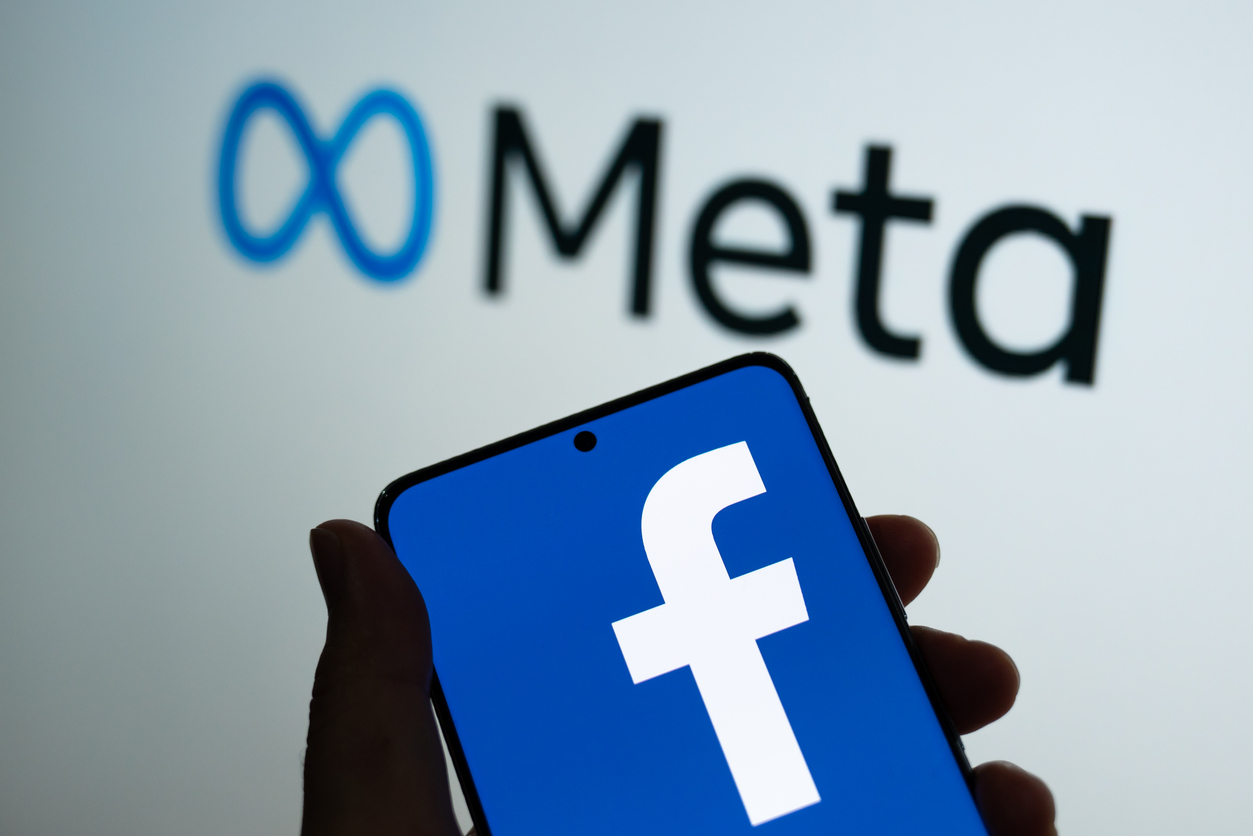Maximizing Social Media Ads on Meta to Generate More Leads
Not long ago, I could all but guarantee event pros immediate inquiries from ads within a few weeks – even with a shoestring budget and a cold audience. With an almost guaranteed return on investment (ROI), it made sense to invest in social ads when you needed fast results.
Unfortunately, those days are long gone.
In 2021, Apple launched its iOS14 update as a bold way to protect consumer privacy. To track consumer data, even for targeted advertising purposes, users must directly consent to share their personal data. The result is that 95% of iPhone users in North America have opted out of tracking and data sharing (and there’s a good chance you did, too!).
This big win for consumers dealt a swift blow to advertisers. Those cheap and easy ad strategies stopped producing quick results, leaving business owners frustrated and, in many cases, losing money. Many decided social ads simply didn’t work and put their marketing dollars elsewhere.
The fact remains, that social ads still work; you just need to develop different strategies and different expectations. While you can’t control algorithms or tech updates, you can learn how to navigate change by getting intentional and creative with testing possible solutions.
So if you’ve been skipping social advertising in your business, keep reading because you can still find success with ads. It may not be as quick or easy now, but social ads are still very effective in raising brand awareness and even driving traffic and inquiries. Here are three strategies that still work in the aftermath of the game-changing iOS14 update.
Supercharge your organic game for cheaper ads.
Pairing organic and paid social media campaigns has always been a fruitful approach to drive down ad costs and increase inquiries, but it is now an essential component of effective ad strategies in 2022. Throwing cash at Meta ads is insufficient; instead, you need a dual-sided approach to build engagement and reach.
There are two excellent ways to effectively layer organic and paid social posts:
1. Convert engaging posts into ads.
Many business owners view Meta algorithms as obstacles, but did you know you can influence them to swing in your favor? Once you harness the power to sway the ad algorithms, the rest follows suit.
So how do you take control of the algorithms? First adopt the mindset that an Algorithm is an engine you can use to power your ads. An engine needs a power source to run. Similarly, algorithms need data. When you create powerful, engaging, and useful content that your audience engages with, all of those likes, comments, views and shares feed the algorithm. The more you produce this data for Meta, the better its algorithms will serve your benefit.
How do you produce data for Metta? Start by revisiting your organic content to identify the most engaging posts, then turn them into low-cost engagement ads. Not only will you drive more reach and exposure, but Meta will leverage existing engagement data to serve your ads to the best audience. As a result, you will lower ad costs and develop custom audiences for retargeting (more on that later!).
When you take the time to build an engaged audience, you’re providing Meta with invaluable data that helps to keep users on its platforms. In return, you get rewarded with lower ad costs and higher conversion rates. Win-win!

Revisit lead ads in a post-iOS14 context.
After Apple launched iOS14, the Meta ad platform seemed to go into chaos mode. Conversion ads all but stopped working, reporting became wildly inaccurate, and cheap traffic ads became a thing of the past. The social ad forecast didn’t look favorable for small and mid-sized businesses who had relied on cheap traffic ads to drive inquiries and sales. As ad costs rose, it looked like only larger businesses with massive budgets would win at the social ad game.
But with enough time and troubleshooting, it turned out there is a way to break through the barriers and find success with ads.
The solution: lead ads.
Historically, lead ads have mostly been junk. Internet marketing pundits advised businesses to avoid lead ads. But now, Meta has figured out how to make lead ads not only functional but advantageous for small businesses — particularly for service providers.
Since inquiries are the primary conversion for event professionals and service providers, it’s worth experimenting with lead ads that not only can capture an email and cell number, but can also push straight to your calendar to book a call, or immediately download your services packet.
As with any test, start by setting a small budget and reasonable timeline to run a few lead ads. Depending on your budget, give it two to six weeks to collect data before measuring results. If possible, allot a daily budget of $10-$50 to test. While you can see results with a budget as low as $5 per day, it will take longer to collect the data you need to analyze performance.
Rethink your retargeting strategy.
The consumer privacy changes under iOS14 effectively put an end to retargeting website visitors based on page views. If you cannot track user data from your website, you cannot serve retargeting ads to those people. Plain and simple.
The good news: Retargeting continues to thrive as a strategy. You just need to look at it differently and use a creative approach.
Rather than retarget based on website page views, you can retarget based on in-app engagement. So when people like, comment, share, or save your content on Facebook or Instagram, Meta collects that data for you to use in your advertising strategy.
Remember those highly-engaging organic posts you’re supposed to convert into low-cost ads? You can use those engagement results to retarget a warmed-up audience. Or, you can build a custom look-a-like audience based on engagement. While this second audience is cold, they are more likely to respond to your ads than cold, geo-targeted traffic alone. In this way, you can reach new, qualified leads that are likely to show interest in your business. Geographic location still counts, though, so make sure to set geography tags to the city you serve.
Either way, make sure your custom audience has as least 1,000 people. Otherwise, your ads will likely stay in the “learning phase” and you may see week results.
Testing is just as important with retargeting ads, too. For instance, you may find you’re spending money advertising to fellow vendors because you have a large network of industry professionals who engage with your content. Keep an eye on the results to confirm you are reaching the right audience.

Become algorithm-proof with strategic messaging.
It’s never fun to scramble around and adjust all of your strategies after an algorithm update. In this case, the best offense is a powerful defense. Regardless of how your marketing mix looks, messaging always matters.
When targeting tools become weak or ineffective—as they did after the iOS14 update—a successful marketing strategy relies on messaging even more.
Think about how you can create content that specifically speaks to your ideal client. For instance, if you’re a photographer for adventure elopements, you aren’t speaking to all couples. You are calling out those couples who love the outdoors, prefer smaller celebrations, and tend to take the road less traveled.
Put those qualifiers directly into words and tell them a story about the experience waiting for them! By knowing who you’re targeting and leveraging relevant keywords in your ad copy, you can target highly-qualified leads without worrying about what the algorithms have to say.
Once again, test your ad messaging. Experiment with copy length, headlines, emojis, images, video, and carousels to see what produces the best results from your audience. As you learn, adjust and optimize your approach accordingly.
Simply put, you don’t need to rely on algorithms with great messaging.
They say the only constant in life is change. No words ring truer in the world of paid advertising. So remain flexible and open-minded, take control of your messaging, and—most importantly—test, test, and test some more!
Christie Osborne is the owner of Mountainside Media, a company that helps event industry professionals brands develop scalable marketing strategies that bring in more inquiries and leads. Christie is a national educator with recent speaking engagements at NACE Experience, WIPA and the ABC Conference. Christie regularly shares industry insight in her Catersource column, as well as on SpecialEvents.com, Risingtide Society, and NACE's industry blog.
